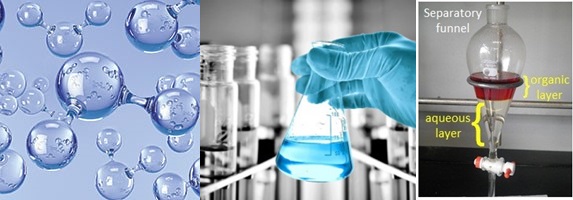Current Suspected Overdose Deaths in Delaware for 2025: Get Help Now!
Find school water testing results and additional resources
Attention Medicaid Participants: Eligibility Renewals Restarted April 1, 2023

Contaminated drinking water has been one of the most serious public health threats since the mid to late 1800s. Having safe drinking water is critical to maintaining a long and healthy life.
The Delaware Public Health Laboratory is certified by the Environmental Protection Agency (EPA), in accordance with the Safe Drinking Water Act to evaluate inorganic and organic contaminants in drinking water from public and private supplies. These supply sources include, but are not limited, to public water systems, restaurants, stores, and private wells. The Environmental Laboratory also evaluates drinking water with the same testing standards from private supplies especially for citizens who obtain their water from a private well.
The Chemistry Section of the Environmental Laboratory performs laboratory analysis for the detection of over 140 chemical pollutants. This includes, but not limited to, volatile organic compounds (VOCs), disinfection by-products, trace metals, Mercury, anions, routine metals, alkalinity, Total Dissolved Solids (TDS), and conductivity.
Drinking Water Tests at the Delaware Public Health Laboratory
The Chemistry Section provides testing for detection of inorganic compounds by both primary and secondary contaminants could be present in drinking water. This testing can assist in determining the suitability of drinking water for human consumption. The Section utilizes a variety of instruments to perform chemical testing and analysis. A list of the instruments is provided below. These instruments require stringent quality control practices, including calibration, verification, and troubleshooting to properly analyze samples according to the EPA and Standard Methods.

Instrumentation
The Chemistry Section also provides testing for primary, regulated and unregulated organic contaminants in drinking water that could potentially be a health risk for humans if consumed. Examples of common organic contaminants are chloroforms and Haloacetic acids. Like inorganic compounds, detection of organic contaminants requires a variety of complex instrumentation to perform testing and analysis. A detailed list is below. These instruments require extensive quality control practices, including calibration, verification, and troubleshooting to properly perform and analyze samples according to the EPA and Standard Methods.
Safe Drinking Water Search for the State of Delaware
Drinking Water Requirements for States and Public Water Systems | US EPA
Return to Environmental Laboratory home page.
Return to the Delaware Public Health Laboratory home page.
This page was last updated 1/2024
![]() Please note: Some of the files available on this page are in Adobe PDF format which requires Adobe Acrobat Reader. A free copy of Adobe Acrobat Reader can be downloaded directly from Adobe . If you are using an assistive technology unable to read Adobe PDF, please either view the corresponding text only version (if available) or visit Adobe's Accessibility Tools page.
Please note: Some of the files available on this page are in Adobe PDF format which requires Adobe Acrobat Reader. A free copy of Adobe Acrobat Reader can be downloaded directly from Adobe . If you are using an assistive technology unable to read Adobe PDF, please either view the corresponding text only version (if available) or visit Adobe's Accessibility Tools page.